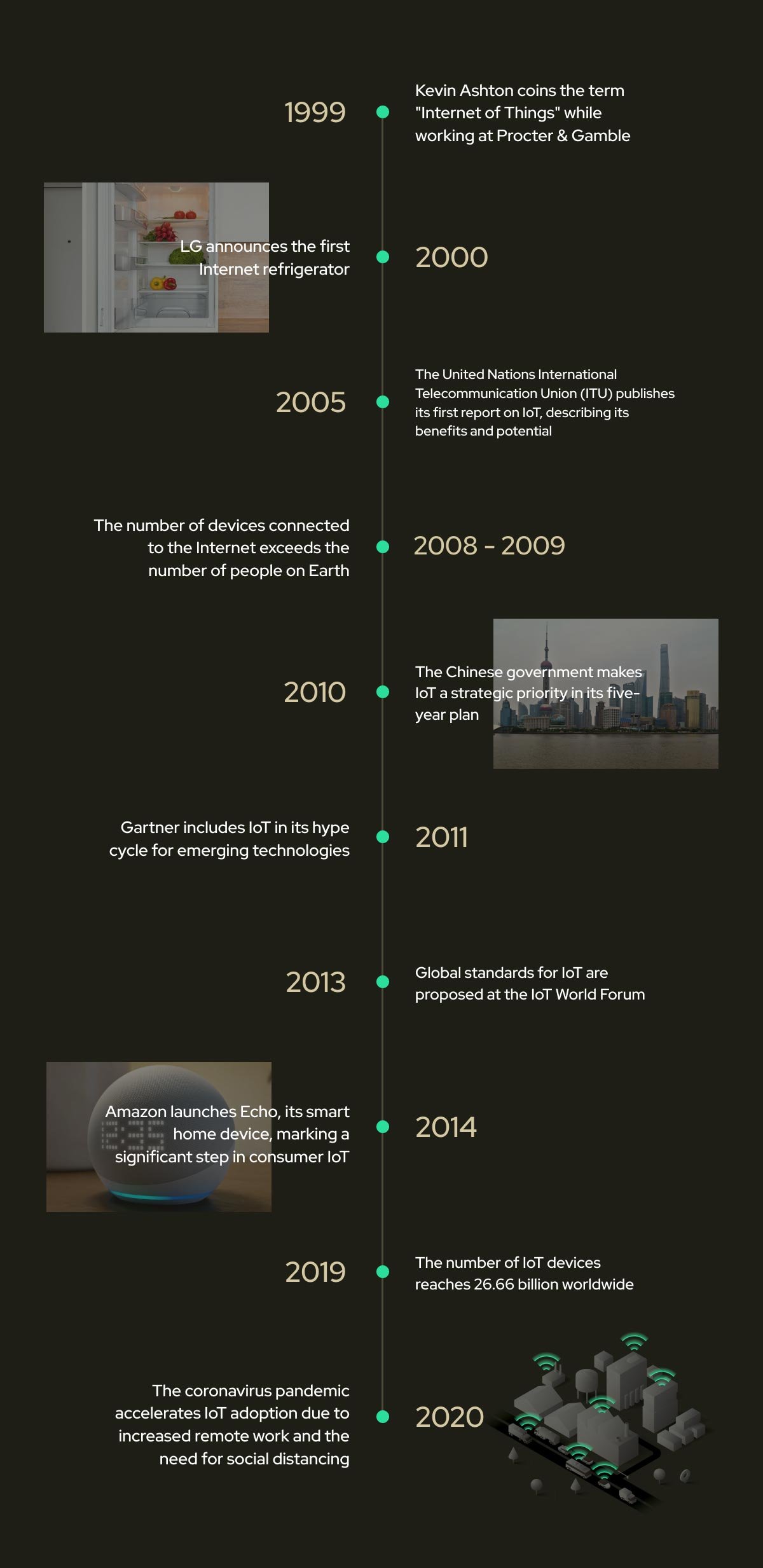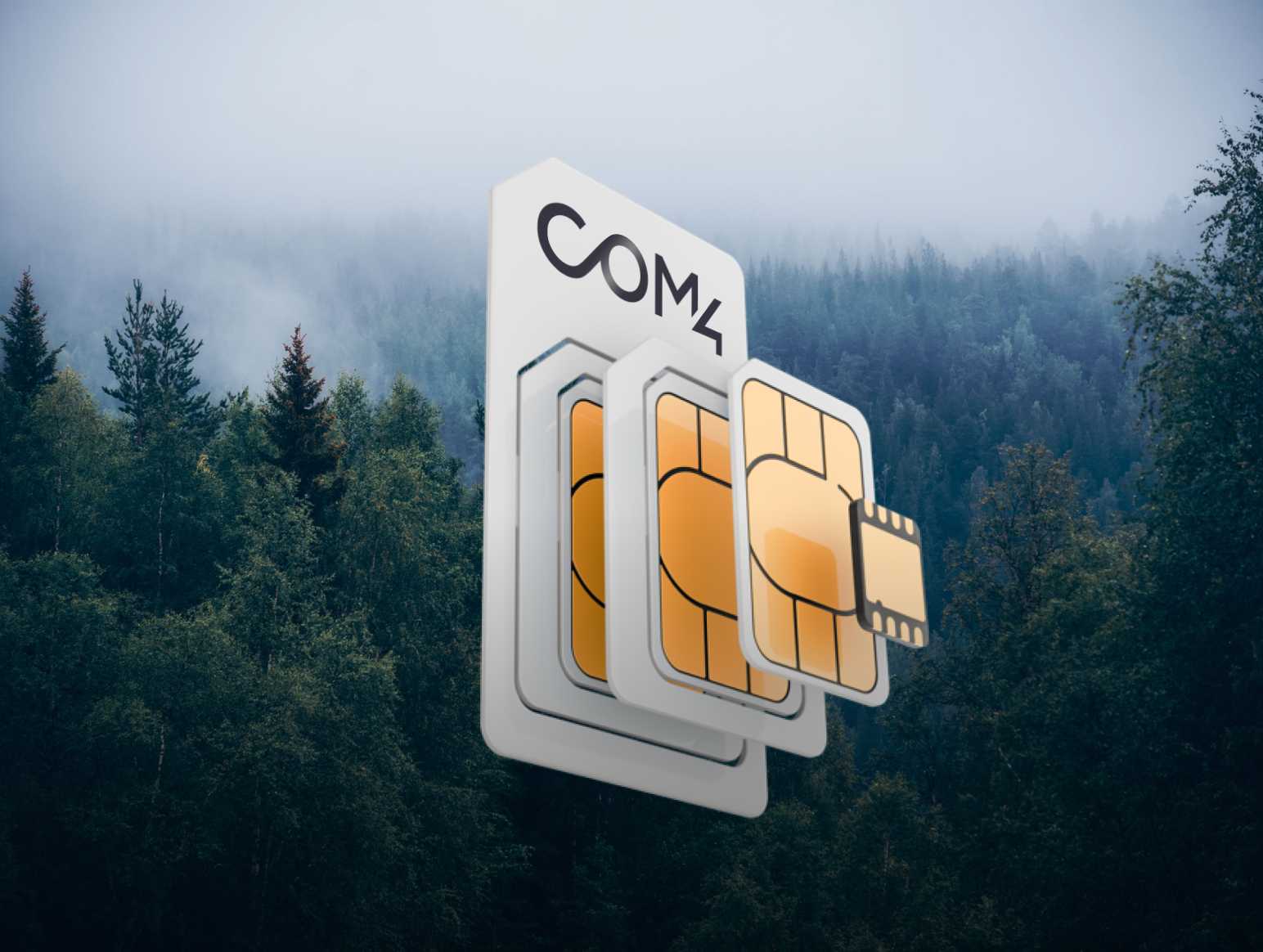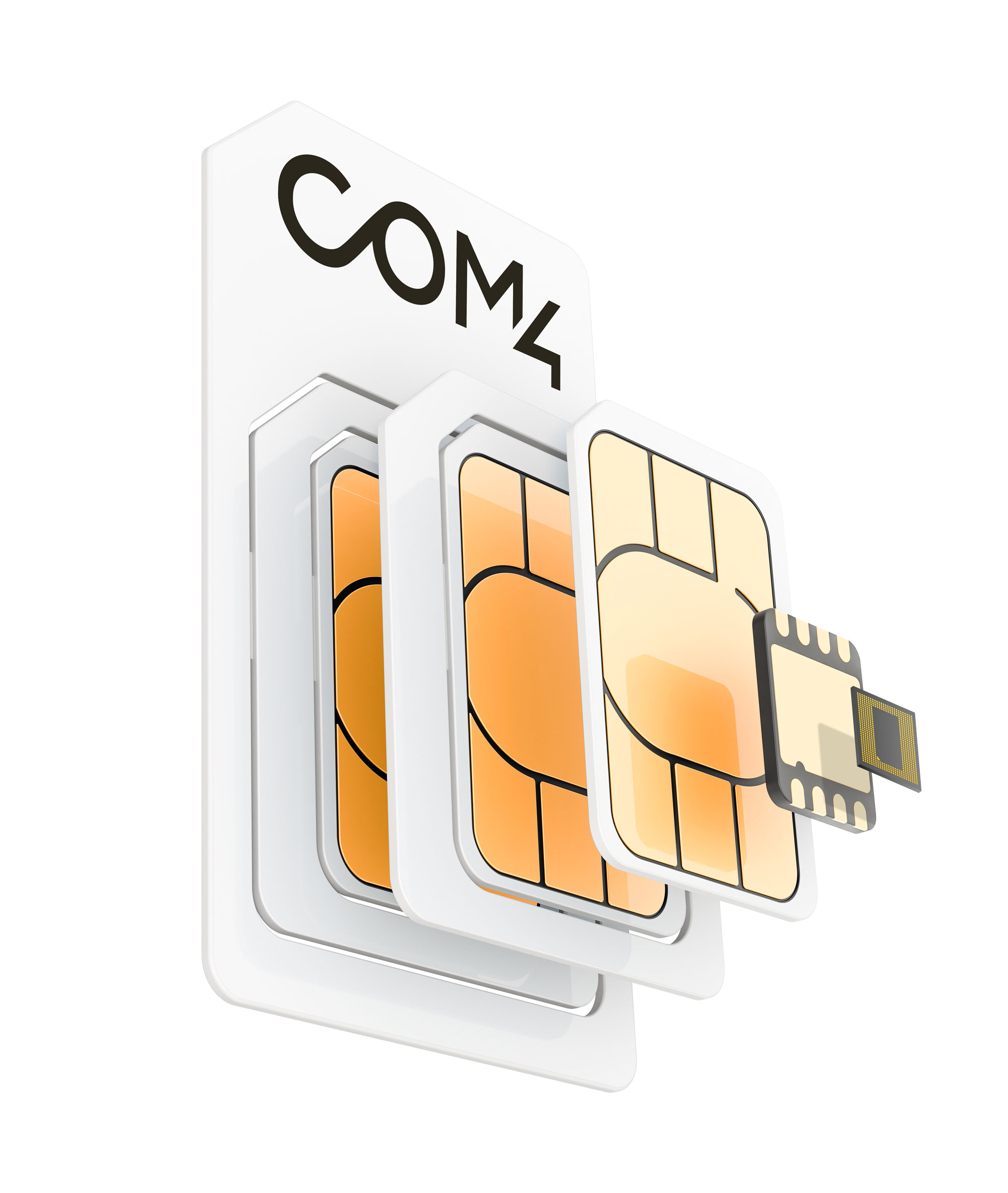In today’s digital economy, IoT (Internet of Things) has moved from niche deployments to becoming an integral part of business strategy across nearly every industry. From smart cities and predictive maintenance to connected healthcare and precision agriculture, IoT is transforming the way organizations operate, serve customers, and grow.
But behind the promise of IoT lies a complex web of technology decisions—how to connect devices globally, ensure secure communication, manage thousands of endpoints, and scale services as business needs evolve. The success of any IoT deployment depends heavily on having the right connectivity, platform architecture, and security foundation in place.
This guide breaks down the lifecycle of enterprise IoT into three critical phases: Build, Run, and Protect. At each stage, we’ll highlight the key technologies to consider—from 5G IoT connectivity and eSIM/iSIM, to IoT SAFE, hardware security modules (HSM), and robust IoT connectivity management platforms—as well as how to evaluate the right IoT partner to support your growth.

BUILD: Laying the Groundwork for Scalable, Global IoT
Before a single device is deployed, it’s vital to establish a scalable and future-proof connectivity architecture. This includes selecting the right SIM technology, ensuring reliable access to global mobile networks, and integrating with a flexible IoT platform.
eSIM and iSIM: Embedded, Flexible, and Ready for Scale
Traditional removable SIM cards have served their purpose—but modern IoT demands more robust, flexible, and secure alternatives:
- eSIM (Embedded SIM): A remotely programmable SIM embedded in the hardware. eSIM enables remote SIM provisioning, simplifies logistics, and allows devices to switch carriers over-the-air—ideal for international IoT deployments.
- iSIM (Integrated SIM): A newer evolution that embeds SIM functionality directly into the device’s secure system-on-chip (SoC). iSIM reduces device size and cost, lowers power consumption, and increases physical security—perfect for ultra-compact or battery-powered IoT sensors.
Together, eSIM and iSIM form the foundation of modern embedded connectivity, helping businesses avoid vendor lock-in and scale across borders without hardware changes.
Global IoT Connectivity Across Technologies
The diversity of IoT use cases—from remote asset tracking to industrial automation—demands multi-technology connectivity. Look for a provider that offers seamless access to:
- 2G, 3G, 4G, and 5G networks
- Low Power Wide Area (LPWA) technologies like NB-IoT and LTE-M.
- Private cellular networks for high-security or local-only use cases.
- Satellite-based IoT connectivity for maritime, rural, or backup use.
True global IoT connectivity means your devices can switch networks intelligently, stay online in any country, and always connect to the strongest local signal.
Integration with Leading IoT Platforms
Connectivity is just one piece of the puzzle. The foundation must include integration-ready infrastructure:
- APIs for provisioning, billing, and lifecycle management.
- Cloud platform compatibility (AWS, Azure, Google Cloud).
- Remote device management tools.
- Data ingestion pipelines for real-time analytics.
An experienced IoT provider should offer not only the connectivity layer but also a suite of tools for managing devices, data, and performance—reducing the time it takes to launch and scale projects.
RUN: Managing, Monitoring, and Scaling IoT Deployments in Real Time
Once your IoT devices are in the field, the challenge becomes managing them effectively at scale.
Whether you have hundreds or millions of endpoints, operational control, automation, and data insight are key to long-term success.
IoT Connectivity Management Platforms
A robust IoT Connectivity Management Platform (CMP) offers a centralized interface for overseeing all aspects of your connectivity ecosystem:
- SIM provisioning, activation, and suspension.
- Data usage monitoring and limits.
- Alerts for abnormal activity.
- Bulk operations for large-scale deployments.
- Location-based insights.
- APIs for backend system integration.
A good CMP helps avoid surprises on your data bill, reduce downtime, and improve time-to-market by giving your team full visibility and control.
Real-Time Analytics and Operational Efficiency
With thousands of devices generating data in real-time, visibility and automation become critical. Leading IoT platforms provide:
- Dashboards to visualize fleet health and performance.
- Custom rule engines for triggering alerts or actions.
- Anomaly detection and machine learning for predictive analytics.
- Multi-tenant support for managing multiple projects or customers.
When you run your IoT project through an integrated platform with strong observability tools, you ensure efficiency, reliability, and continuous improvement.
PROTECT: Ensuring IoT Security, Compliance, and Business Continuity
IoT is one of the most vulnerable entry points into a corporate network. With the number of IoT devices expected to surpass 30 billion globally by 2030, the importance of secure communication and lifecycle protection cannot be overstated.
IoT SAFE: SIM-Based Secure Authentication
IoT SAFE (SIM Applet for Secure End-to-End Communication) enables devices to perform mutual authentication and encryption using credentials stored directly on the SIM.
This offers several benefits:
- Avoids hardcoding sensitive data in firmware.
- Leverages secure elements already embedded in the SIM.
- Enhances trust between device and cloud services.
- Reduces the risk of unauthorized access or spoofing.
IoT SAFE is becoming the new security standard for large-scale device fleets, especially in critical infrastructure, automotive, and healthcare sectors.
Hardware Security Modules (HSM)
For further protection, HSMs offer a secure location to manage and store cryptographic keys, certificates, and credentials. When integrated with IoT platforms, HSMs provide:
- Encrypted device provisioning
- Tamper-proof storage
- Root-of-trust identity management
- Compliance with regulations like ISO/IEC 27001
Security by design is no longer optional. It’s essential for building resilient systems that can withstand cyber threats and meet industry and regulatory expectations.
How to Choose the Right IoT Partner: What Really Matters
The complexity of IoT means that choosing the right partner isn’t just about finding a connectivity provider—it’s about selecting a long-term strategic advisor. Here’s what to prioritize:
1. Global Reach with Multi-Network Coverage
Your partner should provide multi-operator SIMs, roaming agreements, and access to all major radio technologies (including 5G and LPWAN), with presence in key markets such as Europe, North America, Asia, and Latin America.
2. IoT-Focused Customer Support
IoT deployments are not one-size-fits-all. You need a partner that offers:
- Dedicated IoT support engineers.
- Pre-sales architecture consulting.
- 24/7 technical support for mission-critical environments.
- Onboarding assistance for new device rollouts.
3. Scalable IoT Connectivity Platform
An intuitive CMP, APIs, and built-in automation tools ensure your deployment can scale efficiently without losing control over cost or performance.
4. Security Infrastructure and Certifications
From IoT SAFE to ISO 27001, your provider must follow security best practices—and make them transparent.
5. Customization and Flexibility
Look for partners that offer customized SIM profiles, tailored IoT packages, modular platform access, and even private APNs, giving you the flexibility to optimize for your unique use case.
Why Com4 is the Trusted IoT Partner for Global Enterprises
At Com4, we specialize in delivering managed IoT connectivity that meets the real-world demands of modern enterprises.
As a market leader in the Nordics and a member of the Wireless Logic Group, we offer:
- Global multi-network coverage across 750+ carriers
- State-of-the-art SIM technology, including eSIM and iSIM
- An advanced IoT Connectivity Management Platform
- Compliance and security by design, including IoT SAFE, HSM, and ISO certifications
- Dedicated support teams with decades of telecom and IoT expertise
- Tailored solutions for every customer, industry, and application
We help our customers build with flexibility, run with efficiency, and protect with confidence—enabling you to focus on innovation, not infrastructure.
Download the Essential Guide to IoT Connectivity
Whether you're deploying your first IoT pilot or managing millions of devices worldwide, your success depends on the quality of your connectivity, security, and platform integration.
Our Essential Guide to IoT Connectivity is packed with insights into emerging technologies, market trends, and practical checklists to help you:
- Choose the right SIM and network technologies.
- Avoid security pitfalls in IoT deployments.
- Evaluate IoT connectivity platforms.
- Plan for global expansion.
Download the guide now and take the next step toward a secure, scalable, and intelligent IoT future.

 CASE STUDY
CASE STUDY


.jpg?width=5105&height=3403&name=shutterstock_1702791976-min%20(1).jpg)





.jpg)